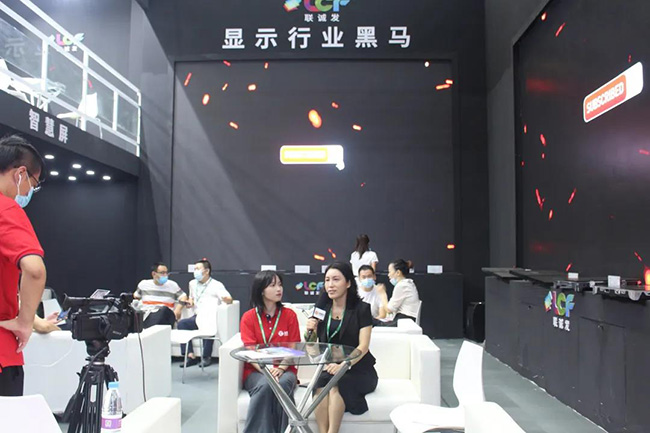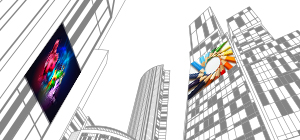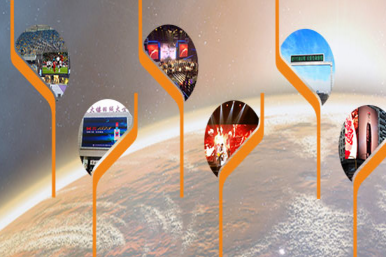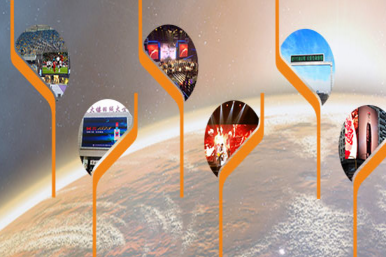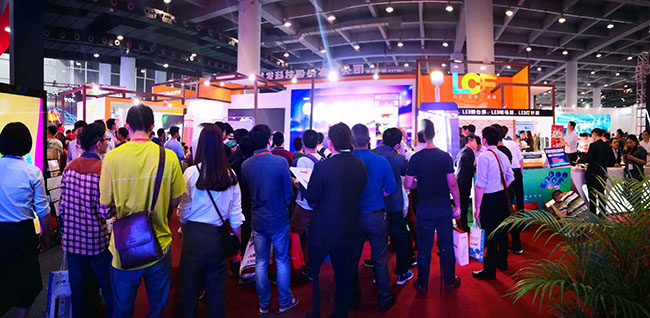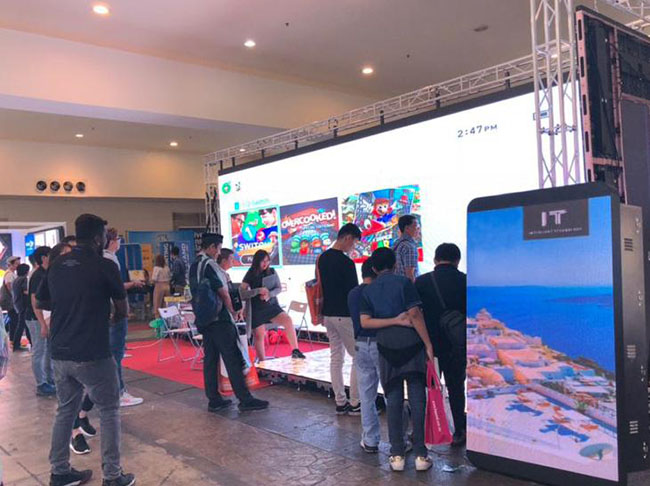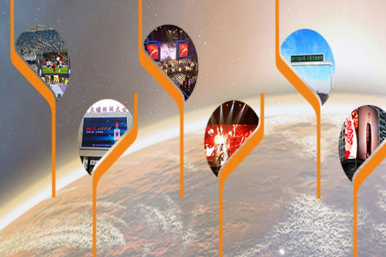Publisher: Supplier of LED Display Time: 2019-11-05 19:23 Views: 2054
When it comes to today's LED displays, small-pitch LED display technology is undoubtedly the focus of attention. Different from the traditional LED display that focuses on outdoor applications, the rapidly emerging small-pitch LEDs have focused their attention on the indoor application market that LEDs have never set foot in, and have directly confronted the strong LCD splicing and DLP splicing.
In the current field of indoor large-screen display, LCD splicing is a well-deserved NO. 1. With the advantages of lightness, thinness, cost economy, etc., it is widely used in many types of places, dominates the low-end market market, and actively penetrates into the high-end application market. However, for a long time, LCD splicing has an obvious shortcoming - the problem of stitching. Although the stitching is rapidly shrinking with the rapid maturity of liquid crystal display technology (the current minimum is 3.5mm), it is still one of the most important problems in the current display technology. , the one with the largest patchwork. This is in stark contrast to the small-pitch LED display with completely seamless display, and it is also an important reason why traditional LED display manufacturers are optimistic about small-pitch entry.
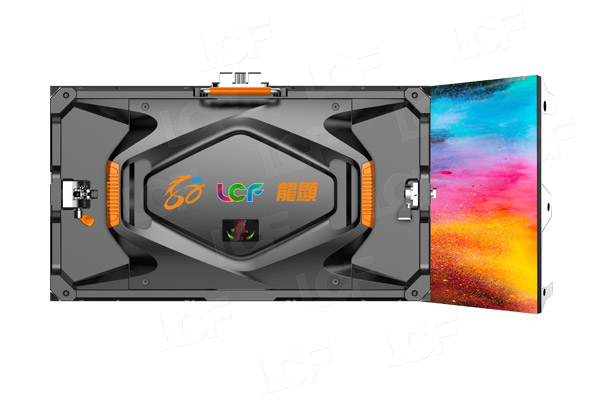
Liancheng Fa Long Xianxi Small Pitch S Series
1. Small-pitch PK DLP splicing: the picture is not delicate enough, but the application is more flexible
In the field of large-screen display, DLP splicing has always been known as "zero seam", and it is precisely because of this that it can firmly hold the high-end application market under the strong attack of LCD splicing. Today, it is known as seamless display. The small-pitch LEDs of the 1000x00000000 undoubtedly directly "ignored" this killer, and even surpassed it, because it achieved a true seamless seam, rather than a narrowing of the seam. This is also one of the important reasons why small-pitch LEDs have been highly concerned by DLP splicing manufacturers since their birth.
In addition to seamless joints, compared with DLP splicing products, the application of small-pitch LED display products is more flexible, and can be combined with touch, naked-eye 3D, 4K and other superfluid elements to meet more diversified application needs. However, at present, small-pitch LED products cannot compete with DLP splicing walls in terms of display fineness.
Second, technology is not a problem, high cost performance is the bottleneck
The development of any display technology is a process of continuous development and improvement, and the small-pitch LED display is no exception. From the comparison with liquid crystal splicing and DLP splicing, it is not difficult to find that as an emerging technology, small-pitch LEDs have both outstanding advantages and obvious shortcomings. As long as there is support from manufacturers, the advantages can be continuously consolidated, and the shortcomings can be gradually repaired. However, in order to get the great investment from manufacturers, there must be a large-scale market demand. At this stage, the first problem to be overcome in large-scale popularization is high cost.
According to industry insiders, at present, the price of 1.9mm small-pitch LED products is comparable to that of DLP splicing products. Considering the difference in gross profit margin, the cost is even higher than that of DLP splicing products. For industry users who prioritize benefits, on the premise of meeting application needs and considering comprehensive cost-effectiveness, small-pitch LEDs may not be the first choice.
However, under the circumstance of limited acceptance of the application market, in order to occupy the commanding heights of the industry, manufacturers have not reduced their investment in technology upgrades, which has caused the small-pitch LED industry to have a "relative technology surplus" situation. For example, the minimum pitch in the industry is currently 0.8mm. From the application point of view, the commercial cost of products below P1.0 is too high, and users are still unable to bear it.
This also means that at this stage, for small-pitch LED display products, in indoor applications, it is not the technical bottleneck that needs to be broken through if it wants to compete with the more mature LCD splicing and DLP splicing. It is how to maximize the user's investment value when the product cost cannot be reduced temporarily. After all, only "value for money" or even "value for money" can meet the consumer psychology of consumers. Experts believe that this is a test of manufacturers' comprehensive service capabilities. Whoever can take the lead in making breakthroughs will be able to gain more voice in the application market.
